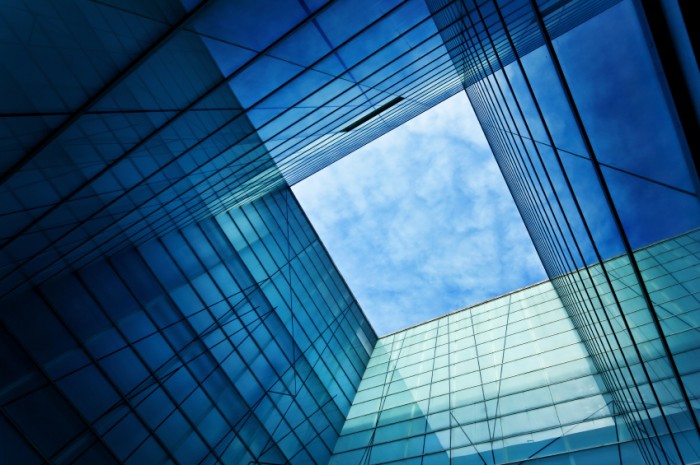Glass is a versatile and very important material in which we are surrounded by on a daily basis, yet many do not realise the range of glass that is available, and the various ways it can be used. That’s why we have included some frequently asked questions and answers below.

1. How many different types of glass are there?
There are nine different types of glass according to the variations of ingredients used and the methods of manufacturing. These variations of glass are designed to suit different purposes and areas, with some possessing greater strength and resistance qualities than others.
2. What are the critical areas in the premises?
Critical areas can be identified as any area that, if broken, will cause a greater risk of injury. Any critical areas should be glazed in a glass type that has been safety rated. Anything other than the points mentioned below are considered to be non-critical and glazed in float glass. Examples of the critical areas in a property can include:
- Any area that is below 800mm in height – commonly referred to as ‘below waist height.’
- Roof panels (due to their height)
- Door panels and panels directly beside a door. A glass panel next to the door within 30cm is classed as critical.
- Anything over 1.2 metres square in overall size.
- Glass within the areas that are required by law to be glazed in either toughened or laminated safety glass.
3. What type of glass is used in critical areas?
The two types of glass that can be used in critical areas include toughened and laminated glass.
- Toughened glass (both clear and patterned) – Toughened glass is frequently used in various areas, from bus shelters to low level windows. A thermal treatment is applied to float glass during manufacturing, to increase the overall strength and resistance. This process counteracts any internal stress that is within the glass, enduring extreme temperatures and impact. Although, when broken, toughened glass will disintegrate into granules, as opposed to shards. Because of this, toughened glass is ideal for use in critical areas and is a much safer option. Despite this, once the glass has been toughened it cannot be cut, therefore panels of glass must be cut prior to the thermal treatment applied. It will typically take between 3-5 days to prepare the glass prior to glazing.
- Laminated glass – This is a glass product consisting of two or more panes of standard float glass with a Polyvinyl Butyral interlayer sandwiched between each pane of glass. Laminated glass, is recognised in the United Kingdom for its safety, due to the nature of the laminate layer. Even the finest of laminate glazing product will not shard when hit like float glass, or shatter like toughened, instead it displays a unique spiders web like pattern, where even though the glass is broken it is held in place by the laminate. Laminate glass can be a better option from a security perspective as the glass will still remain in place to offer resistance to any likely intruder as well as being less likely to harm or damage.
4. What type of glass is used in non-critical areas?
The type of glass used in non-critical areas consists of float glass, as it is one of the most commonly used glass types due to its versatility. Float glass is often found in many general windows placed above waist height. It is however the weakest of all the types of glass that is used when glazing. Float glass is made by floating molten glass on a bed of molten metal. This produces the sheet flat and in uniform thickness. It is used for non-critical areas because, when broken, float glass performs with the typical characteristics of glass – shattering into shards from the point of impact. This type of glass is prone to cracking under extreme temperatures and if subject to any level of stress. As a result, it should not be used for critical areas such as a door panel, for example.

5. What is Triple glazing?
Triple glazing consists of 3 panes of glass, providing an extra layer to increase efficiency and reduce noise. Although triple glazing comes at a higher price point, it can be more effective in regards to retaining heat, offering a range of environmental benefits. If you are going to have triple glazing, it is important to note that you will need to have well insulated frames, as this is one of the major heat loss areas in a window. The energy efficiency of windows is measured with a ‘u value’ with the lower the value the better. For example, single glazing has a U value of 5, with triple glazing holding a U value of 1.6, proving that triple glazing provides a more efficient value in regards to retaining heat, for example.
6. What is Low-e Glass?
Low-e glass stands for Low-emissivity glass. This type of glass is one of the most popular and versatile used, due to its constantly improving solar and thermal performance. Low-e glass has a thin (thinner than human hair) , transparent coating that reflects heat. This type of glass is ideal in both summer and winter, as in winter it reflects heat back inside, reducing the radiant heat loss through the glass. In summer the reverse happens, working in the same way as a thermos. The temperature is maintained because of the constant reflection that occurs.
7. What is Safety glass?
Also referred to as shatterproof glass, safety glass is made by placing a sheet plastic such as celluloid between sheets of glass. This is so in case of breakage, the broken pieces will stick to the plastic and do not fly off. Safety glass is ideal for a variety of different purposes and areas, and is commonly used for both modern day office windows and doors, with glass stairs also becoming increasingly common fixtures in an office building. Safety glass can also be used for making bulletproof screens due to its high resistant properties, therefore is used widely in automobiles.
8. What is Patterned glass?
Patterned glass is a glass that is usually used for decorative purposes, available in both plain or coloured and in addition to patterns contains textures. Patterned glass is very versatile as it is available in many colours, shapes and sizes. Many choose to use this type of glass as an accent in the home, including lamps, door panels and dishware. This type of glass can be ideal for a door panel due to it providing an interesting and elegant look to the home. Patterned glass can suit both contemporary and older homes, and can add a lot of style to a room depending on the colour and effect chosen.




